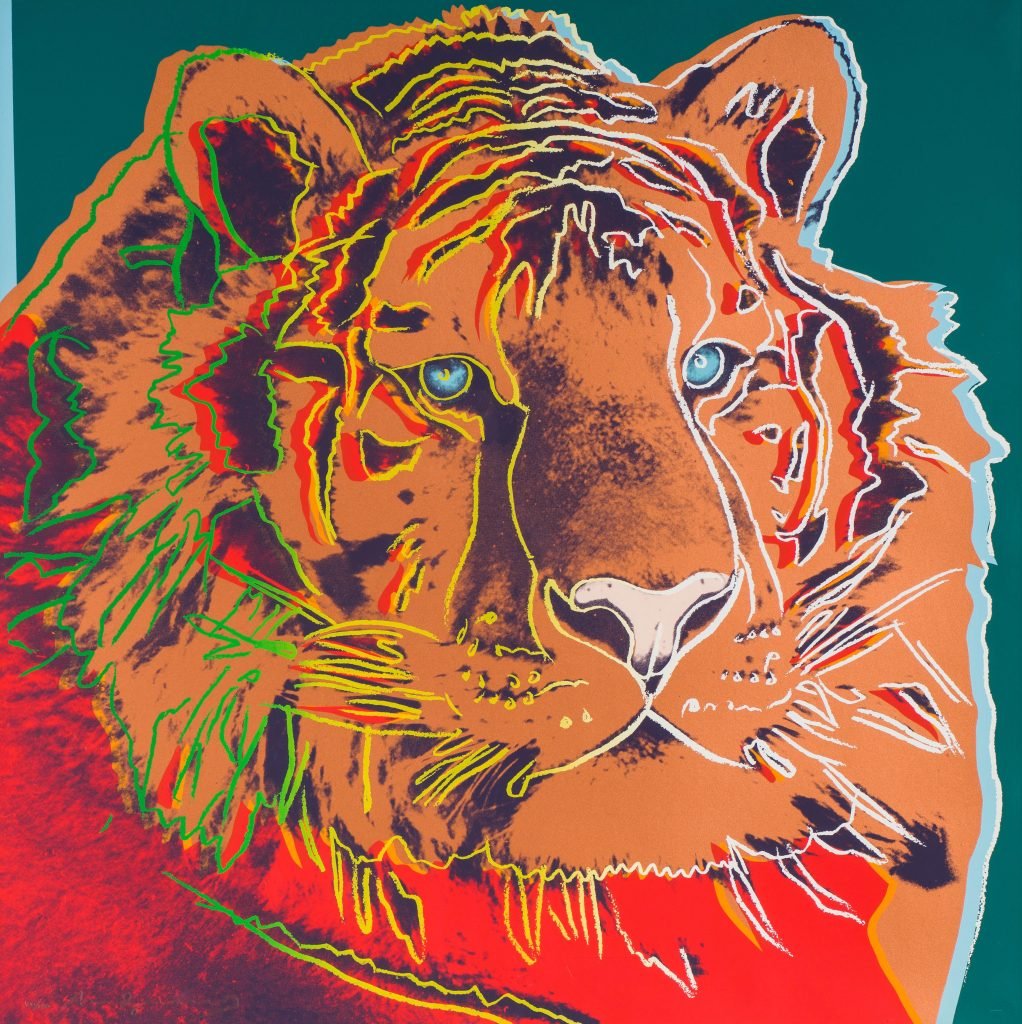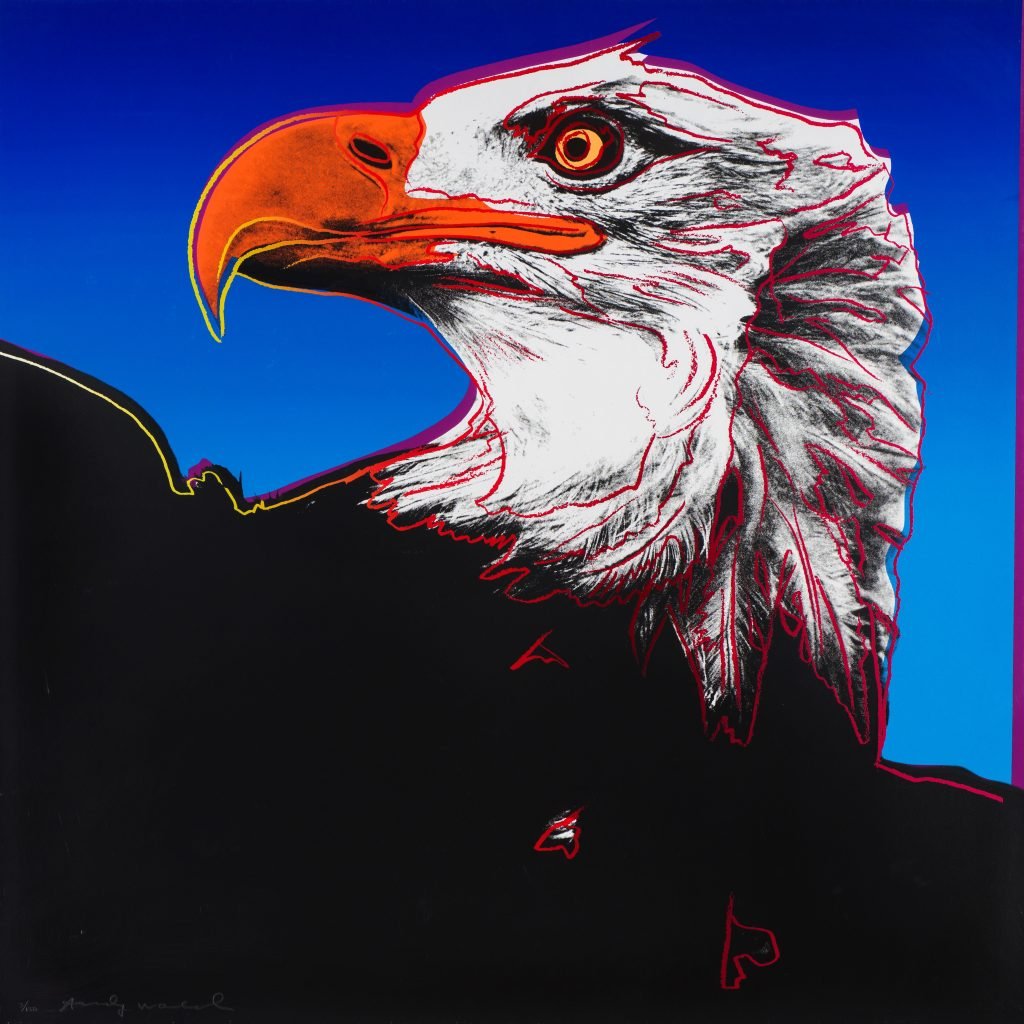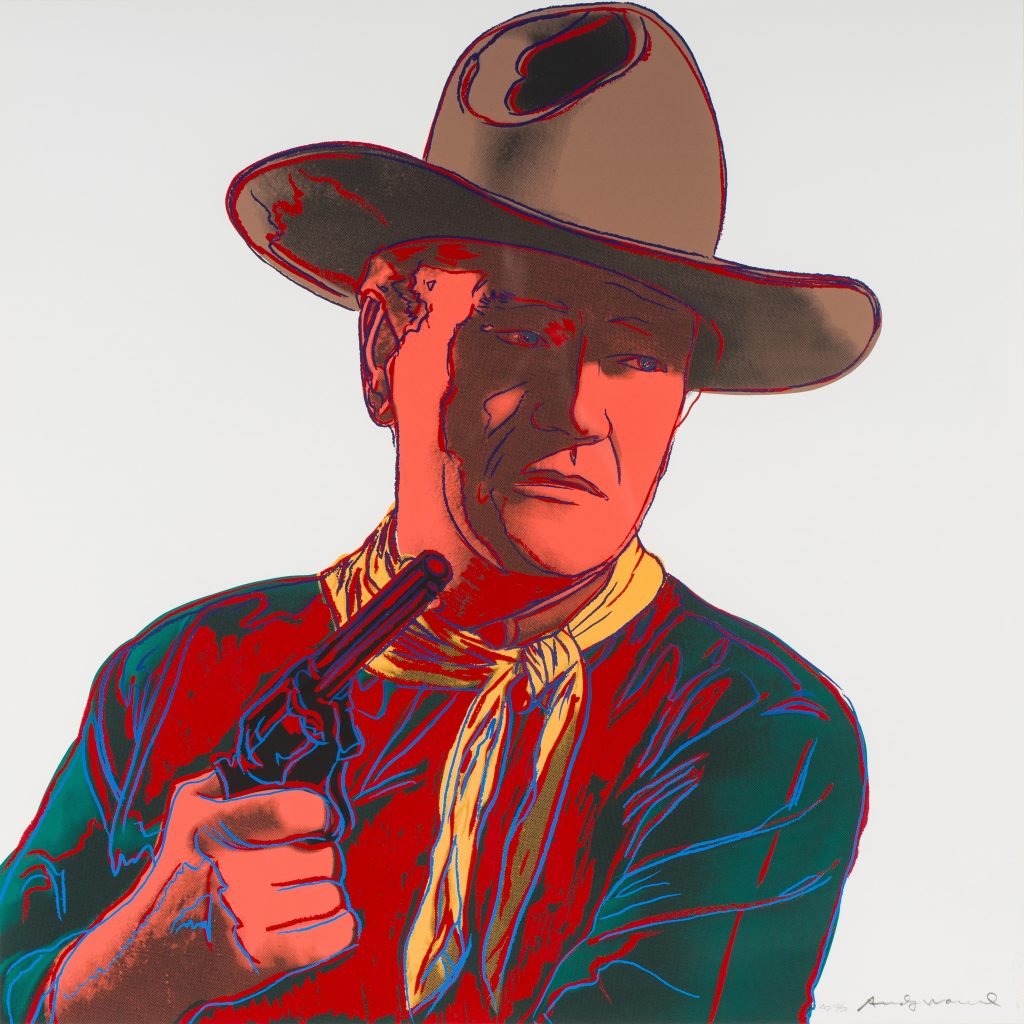Artnet Auctions
Here’s Why Andy Warhol’s ‘Endangered Species’ Series Was So Pivotal
Two of the works from the "Endangered Species" portfolio are star lots in Artnet Auctions' Premier Prints and Multiples Sale.

Two of the works from the "Endangered Species" portfolio are star lots in Artnet Auctions' Premier Prints and Multiples Sale.

Artnet Auctions

In the 1960s and ’70s, environmentalism and concerns over the destruction of irreplaceable wildlife habitats became increasingly prevalent, and in 1973 the Endangered Species Act was signed into law. The act outlined best practices to “conserve and protect endangered and threatened species and their habitats both domestically and abroad.”
In the decade following, the law as well as the discourse around threatened species continued to draw the attention of Pop art icon Andy Warhol, who was himself an environmentalist. He discussed his interest in preservation with Ronald and Frayda Feldman, who at the time helmed the Ronald Feldman Gallery in New York, and the gallerists commissioned and published Warhol’s seminal “Endangered Species” portfolio.
Andy Warhol, Bald Eagle (from “Endangered Species” (1983)

Andy Warhol, Bald Eagle (from Endangered Species) (1983). Est. $120,000–$180,000.
Marking ten years since the Endangered Species Act was passed, the “Endangered Species” series produced in 1983 contains ten technicolor portraits of animals drawn from the list of threatened species, including an African Elephant, Pine Barrens Tree Frog, Giant Panda, Bald Eagle, Siberian Tiger, San Francisco Silverspot, Orangutan, Grevvy’s Zebra, Black Rhinoceros, and Bighorn Ram. Two of these works are presently included in Artnet Auctions’ Premier Prints and Multiples sale, the Siberian Tiger and Bald Eagle, showcasing Warhol’s signature silkscreened aesthetic and mastery of composition and line.
Using similar framing and compositions as in his celebrity portraits, with “Endangered Species” Warhol leveraged his own renown and the recognizability of his work to draw public attention to the cause. And exhibitions and presentations of the series continue to raise awareness today, when more than half of the ten animals portrayed still remain at risk and on the threatened species list.
Andy Warhol, John Wayne (from “Cowboys and Indians”) (1986)

Andy Warhol, John Wayne (from “Cowboys and Indians”) (1986). Est. $100,000–$150,000.
Warhol’s “Endangered Species” portfolio is just one of the numerous series he produced in the 1980s, which also included “Ads” (1985) and “Myths” (1981)—with the production of both series also facilitated by the Ronald Feldman Gallery—as well as “Cowboys and Indians” (1986), printed by Rupert Jasen Smith. An example from this series is also included in the Premier Prints and Multiples Sale, John Wayne (1986). Tapping the American imagination and themes associated with the American West, this series juxtaposes American icons like actor John Wayne and Teddy Roosevelt with depictions of Native Americans. Together, the project challenges commonly held notions around the American West, drawing into sharp focus how pop culture contributes to romanticized mythologies of the country’s exceptionalism and expansionism.
Premier Prints and Multiples is now live for bidding through October 10, 2024.